
Patent US8818637 Occupant classification system Google Patents
Make sure the OCS (occupant classification system) is not below 6º C (42.8º F) or above 36º C (96.7º F) when initiating the OCS (occupant classification system) reset process. If the vehicle has been exposed to extreme cold or hot temperatures, the vehicle must be exposed and kept at a temperature between 6º C (42.8º F) to 36º C (96.7º.
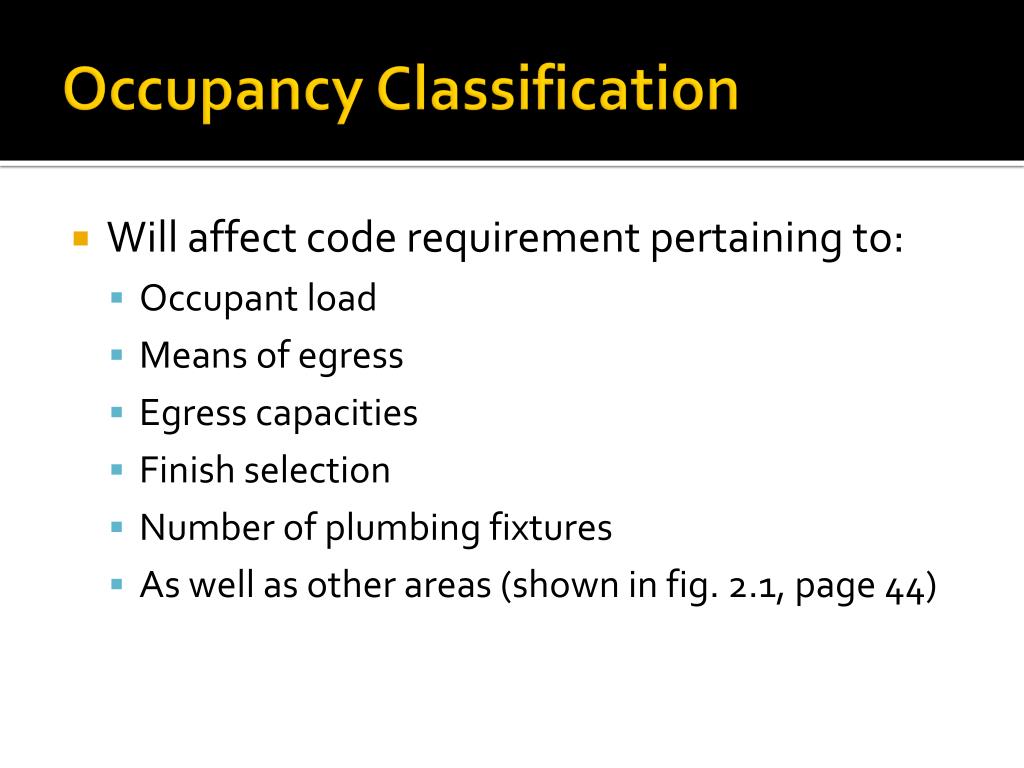
PPT Chapter 2 PowerPoint Presentation, free download ID5124807
Our BodySense occupant classification system helps avoid such risks. Thanks to its capacitive technology, it reliably suppresses the airbag in the presence of child seats on the front passenger seat and prevents risks of injuries. This intelligent sensor system safely makes the difference between the presence of an adult passenger for whom the.
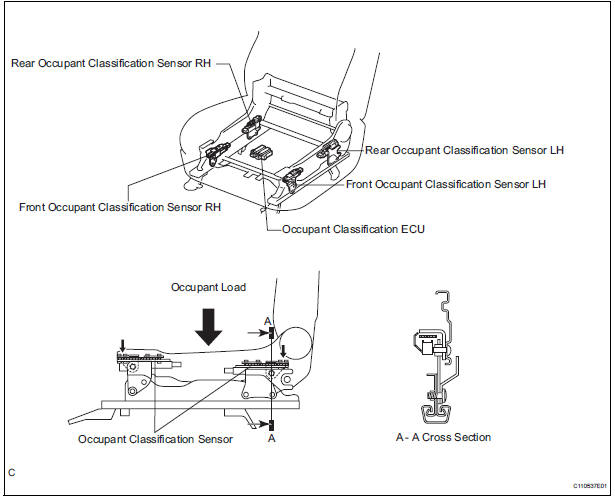
Toyota Sienna Service Manual System description Occupant classification system Supplemental
The occupant classification system is used to classify an occupant type into an adult, a child, a child seat, or an object. The inputs are depth images from a time-of-flight based depth camera.
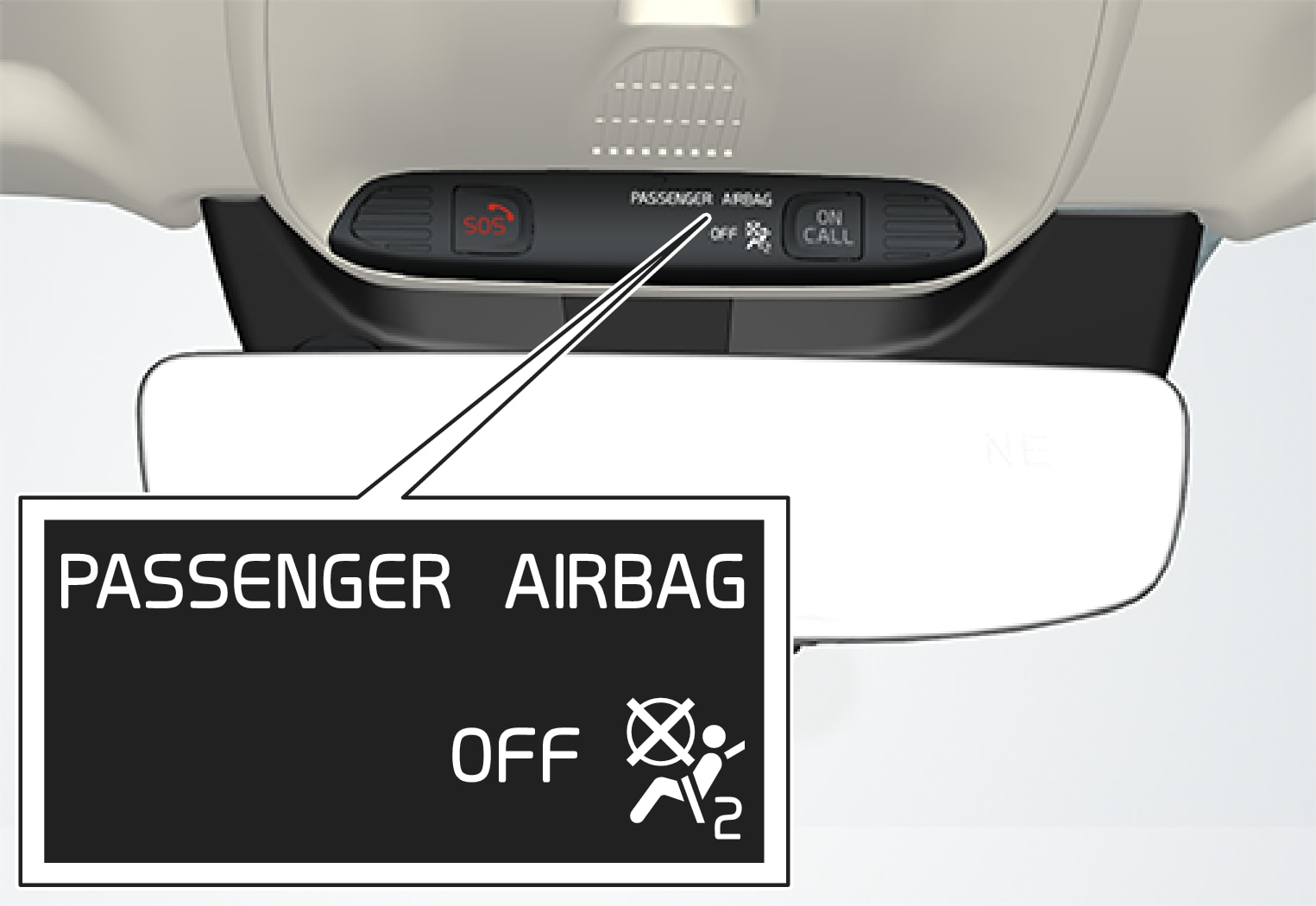
Occupant Classification System Child safety Safety XC40 2023 Volvo Support
As occupant injuries induced by airbag deployment became a critical issue, revisions to FMVSS 208 were made to mandate the adoption of advanced airbag which can protect occupants of varying statures. As a result, OCS (Occupant Classification System) has become an important part of advanced airbag te
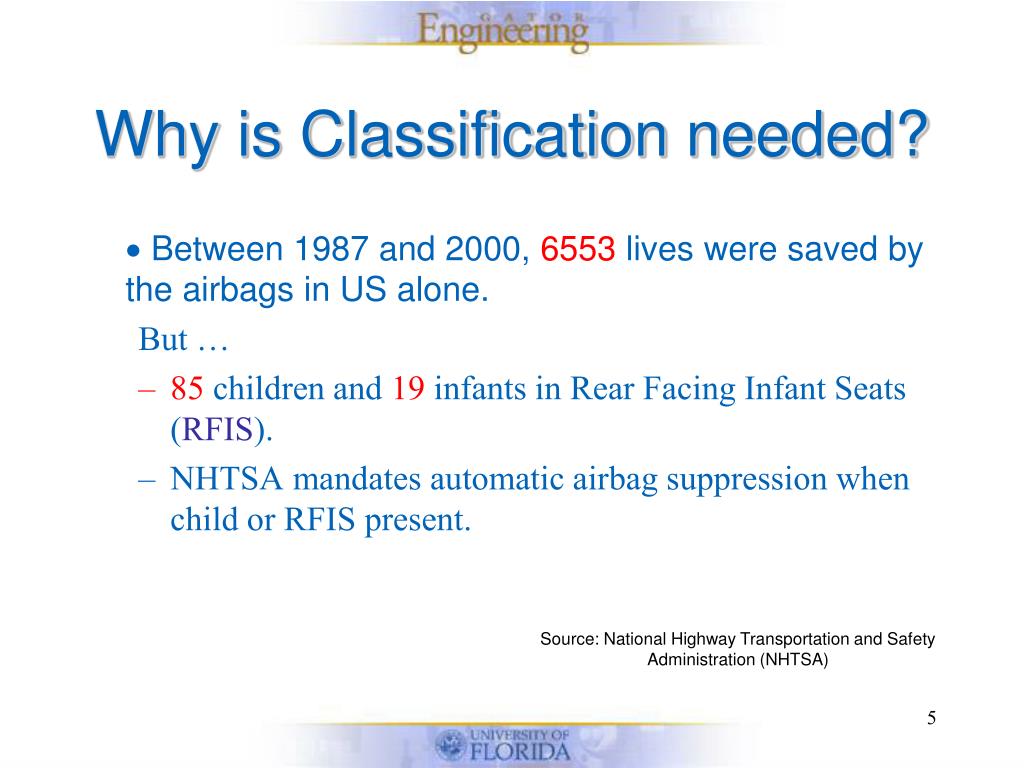
PPT Occupant Classification System for Automotive Airbag Suppression PowerPoint Presentation
Occupant Classification System 141 Figure 9 shows the role of the Coherence Parameter in the occupant classification. Again, an equal number of cells are activated in both cases. In the left profile the cells are forming a coherent area, while they are distributed in a discontinuous manner in the right (non-human) profile.

Occupant Classification System Child safety Safety XC40 2023 Volvo Support
What is OCS - Occupant Classification System? Like many of the electrical systems on a vehicle, the Safety Restraint System relies on inputs from sensors to provide feedback to the Center Airbag.
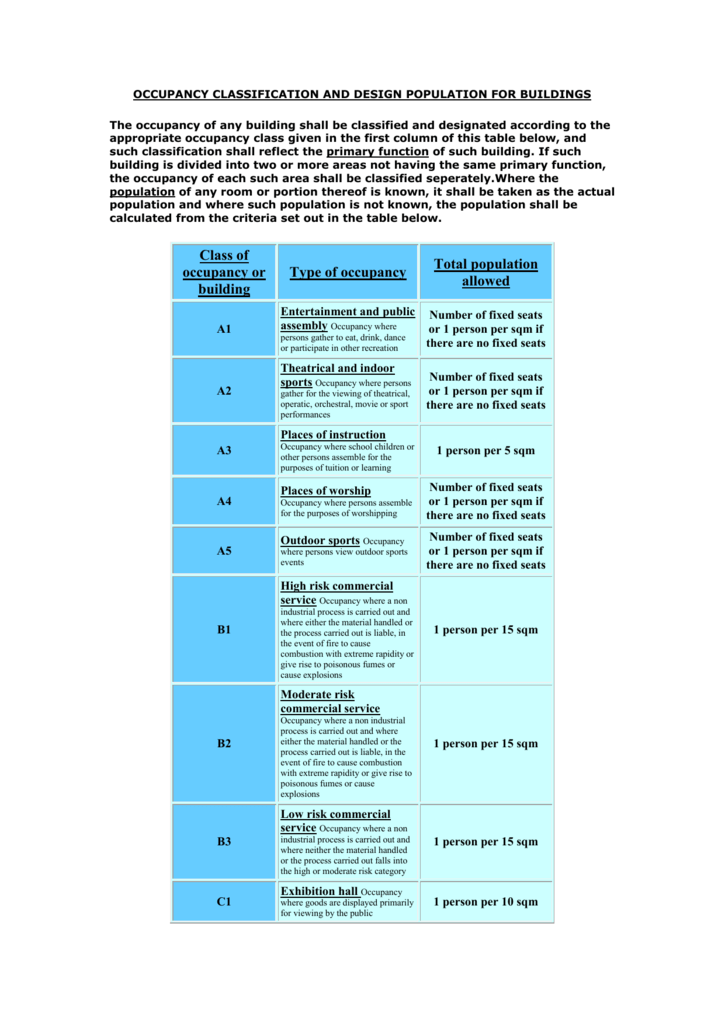
occupancy classification and design population for buildings
The need for a Toyota Occupant Classification System calibration will vary based on the vehicle being repaired, Eric Mendoza of Toyota collision operations told the SCRS OEM Collision Repair Techno…
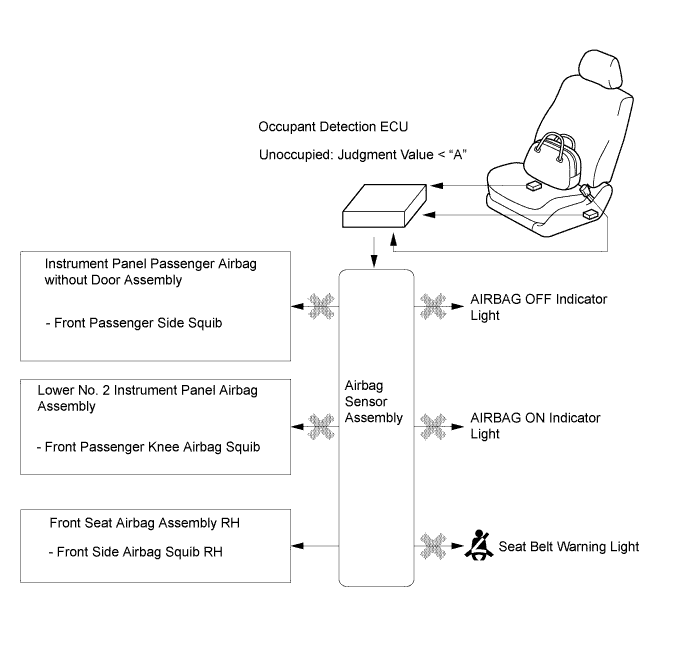
OCCUPANT CLASSIFICATION SYSTEM
Integrated foam sensor multi-zone (IFS-M) is an occupant classification system designed to fulfill "FULL" suppression (i.e. 1YO/3YO/6YO suppression). IFS and IFS-M are integrated beneath the seat foam making both systems robust against misuse and liquids as well as providing a high level of durability. Play movie

(PDF) An LVQbased Automotive Occupant Classification System
Our Occupant Classification (OC) sensor system is based on analysis of the seat occupancy pressure profile, which discerns human like from human unlike profiles. If the occupancy is identified as a person, an allocation into one of four morphologic ranges is made. Accordingly, children, light adults, heavy children, medium adults, heavy adults.

Occupant Classification System (OCS) Seat Weight ubicaciondepersonas.cdmx.gob.mx
SERVICING OCCUPANT CLASSIFICATION SYSTEMS The left screen capture shows diagnostic trouble code B1BBC - OCS Negative System Weight from a passenger air bag system. The scan data in the right screen capture verifies the current fault condition; the RF PSWS-2 sensor shows 24kg. The diagnostic process should begin with a visual inspection of the.
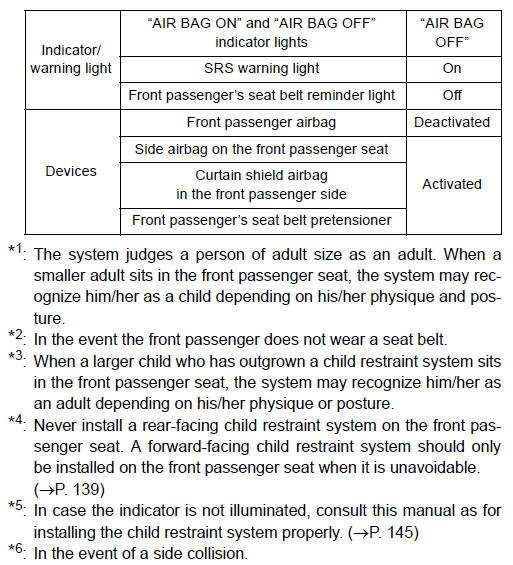
Toyota Venza Front passenger occupant classification system Safety information Owners Manual

Occupancy Classifications in NFPA 101®, Life Safety Code® YouTube
The Occupant Classification System (OCS) is designed to classify the front seat occupant and automatically turn OFF (inhibit) the passenger air bag under some conditions. Section 1 of the Owner's Manual has a detailed description of how the occupant classification system is designed to operate in accordance with federal